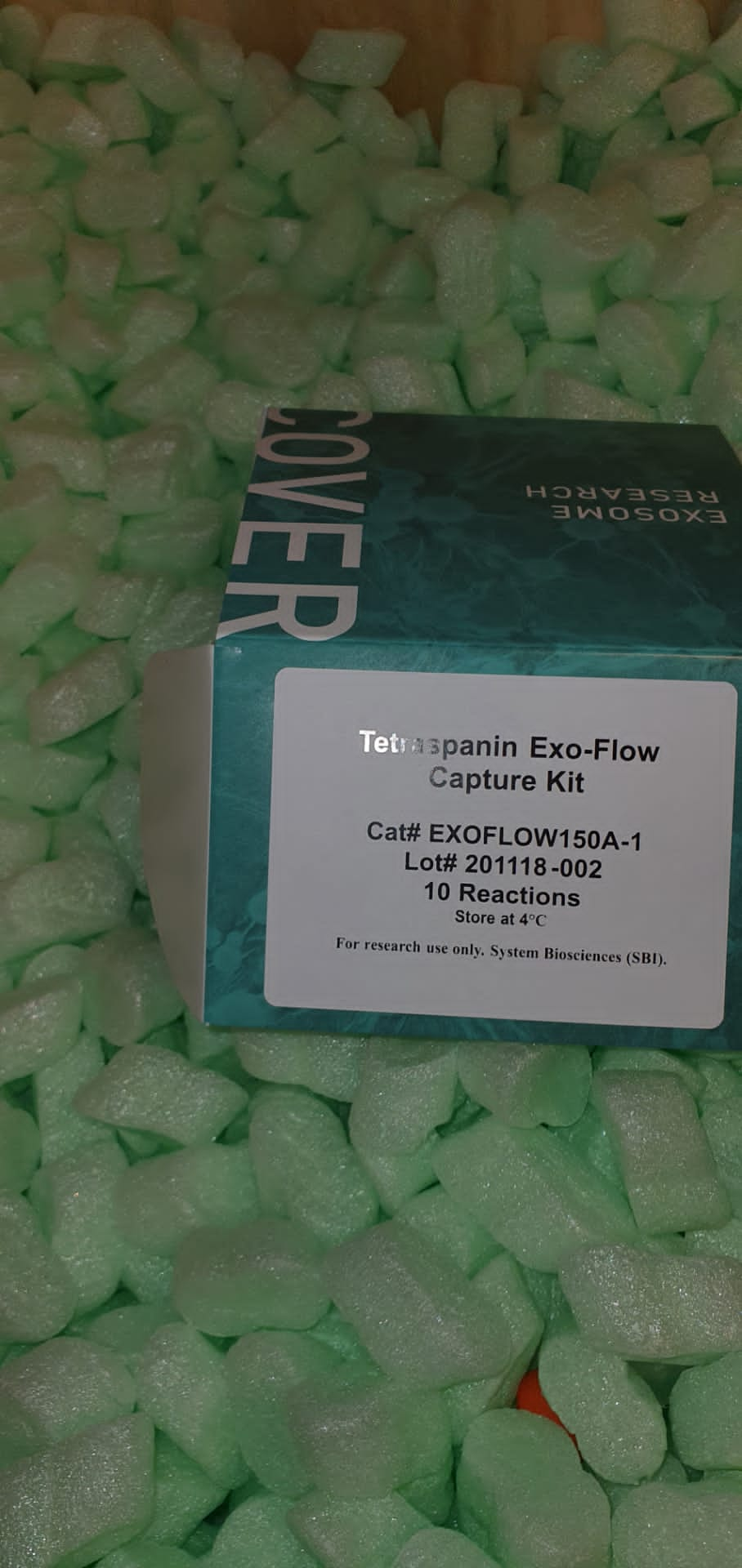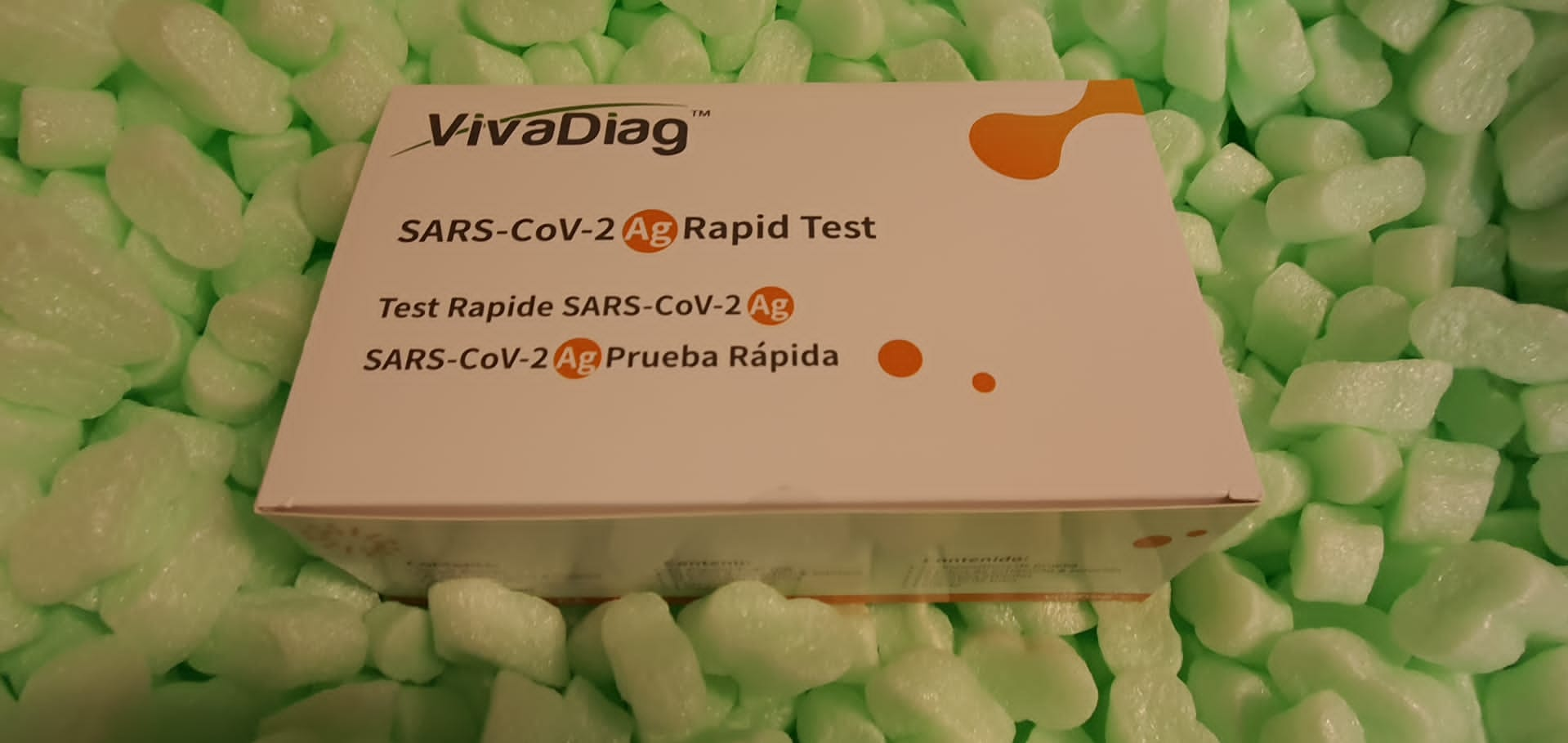Monoclonal antibodies (mAbs) that focus on the programmed cell death-1 (PD-1)/programmed death-ligand 1 (PD-L1) immune checkpoint have demonstrated substantial scientific profit for quite a lot of strong tumors. Nevertheless, their purposes in sufferers with hepatocellular carcinoma (HCC) are reported with unclear molecular mechanisms. Right here, we report a novel mouse anti-human PD-1 mAb that may reverse the immunosuppressive impact of HePG2 cells on Jurkat cells.
HepG2 liver most cancers cells, which had been induced to overexpress PD-L1 by IFN-γ, had been co-cultured with PHA-activated Jurkat lymphocytic cells to research the immunostimulative impact and mechanisms of the 14 newly generated PD-1 mAbs. A number of mobile and molecular biology experiments had been carried out on this examine, resembling CCK-8, ELISA, move cytometry, immunofluorescence and Western blot.
We discovered that mAb B1C4 considerably enhanced the tumor-killing cytokine secretion stage by Jurkat cells within the co-culture system and elevated the killing potential of Jurkat cells on HepG2 cells. Co-culture with HePG2 cells led to Jurkat cell cycle delay in S section, and B1C4 promoted cell cycle development from S to G2/M. Co-culture with HePG2 cells additionally prompted apoptosis in Jurkat cells, which was inhibited by B1C4. B1C4 reversed the immunosuppression of Jurkat cells resulted from co-cultured with HePG2 cells via inhibiting PTEN and activating PI3K/AKT/mTOR signaling pathways.
Our examine demonstrated that anti-PD-1 mAb B1C4 might inhibit the apoptosis of Jurkat cells induced by HePG2 hepatoma cells and reverse the immunosuppressive impact of HePG2 cells on Jurkat cells. The examine supplies a significant foundation for making use of PD-1 monoclonal antibodies within the remedy of HCC and supplies antibody choice for the event of novel PD-1 mAb with blocking exercise.
Improvement of Gold Nanorods Conjugated with Radiolabeled Anti–human Epidermal Progress Issue Receptor 2 (HER2) Monoclonal Antibody as Single-Photon Emission Computed Tomography/Photoacoustic Twin-Imaging Probes Focusing on HER2-Optimistic Tumors
Surgical procedure stays one of many primary therapies of most cancers and each exact pre- and intraoperative diagnoses are essential as a way to information the operation. We take into account that utilizing an an identical probe for each pre- and intra-operative diagnoses would bridge the hole between surgical planning and image-guided resection. Subsequently, on this examine, we developed gold nanorods (AuNRs) conjugated with radiolabeled anti-human epidermal development issue receptor 2 (HER2) monoclonal antibody, and investigated their feasibility as novel HER2-targeted dual-imaging probes for each single photon emission computed tomography (SPECT) (preoperative analysis) and photoacoustic (PA) imaging (intraoperative analysis). To realize the aim, AuNRs conjugated with completely different quantity of trastuzumab (Tra) had been ready, and Tra-AuNRs had been labeled with indium-111.
After the analysis of binding affinity to HER2, cell binding assay and biodistribution research had been carried out for optimization. AuNRs with reasonable trastuzumab conjugation (Tra2-AuNRs) had been proposed because the novel probe and demonstrated considerably greater accumulation in NCI-N87 (HER2 high-expression) tumors than in SUIT2 (low-expression) tumors 96 h post-injection together with good affinity in direction of HER2. Thereafter, in vitro PA imaging and in vivo SPECT imaging research had been carried out. In in vitro PA imaging, Tra2-AuNRs-treated N87 cells exhibited important PA sign enhance than SUIT2 cells. In in vivo SPECT, sign enhance in N87 tumors was extra notable than that in SUIT2 tumors. Herein, we report that the Tra2-AuNRs enabled HER2-specific imaging, suggesting the potential as a sturdy HER2-targeted SPECT and PA dual-imaging probe.
CD99 is a floor molecule expressed on varied cell sorts together with most cancers cells. Expression of CD99 on a number of myeloma is related to CCND1-IGH fusion/t(11;14). This translocation has been reported to be a genetic hallmark of mantle cell lymphoma (MCL). MCL is characterised by overexpression of cyclin D1 and excessive tumor proliferation. On this examine, excessive expression of CD99 on MCL cell strains was confirmed.
Era of absolutely human anti-GPC3 antibodies with high-affinity recognition of GPC3 constructive tumors
The acceleration of therapeutic antibody improvement has been motivated by the profit to and their demand for human well being. Specifically, humanized transgenic antibody discovery platforms, mixed with immunization, hybridoma fusion and/or single cell DNA sequencing are essentially the most dependable and fast strategies for mining the human monoclonal antibodies. Human GPC3 protein is an oncofetal antigen, and it’s extremely expressed in most hepatocellular carcinomas and a few sorts of squamous cell carcinomas. Presently, no absolutely human anti-GPC3 therapeutic antibodies have been reported and evaluated in in depth tumor tissues.
Right here, we utilized a brand new humanized transgenic mouse antibody discovery platform (CAMouse) that comprises massive V(D)J -regions and human gamma-constant areas of human immunoglobulin in genuine configurations to generate absolutely human anti-GPC3 antibodies. Our experiments resulted in 4 anti-GPC3 antibodies with high-specific binding and cytotoxicity to GPC3 constructive most cancers cells, and the antibody affinities are within the nanomolar vary.
Immunohistochemistry evaluation demonstrated that these antibodies can acknowledge GPC3 protein on many sorts of strong tumors. In abstract, the human anti-human GPC3 monoclonal antibodies described listed here are main candidates for additional preclinical research of most cancers remedy, additional, the CAMouse platform is a strong device for human therapeutic antibody discovery.




